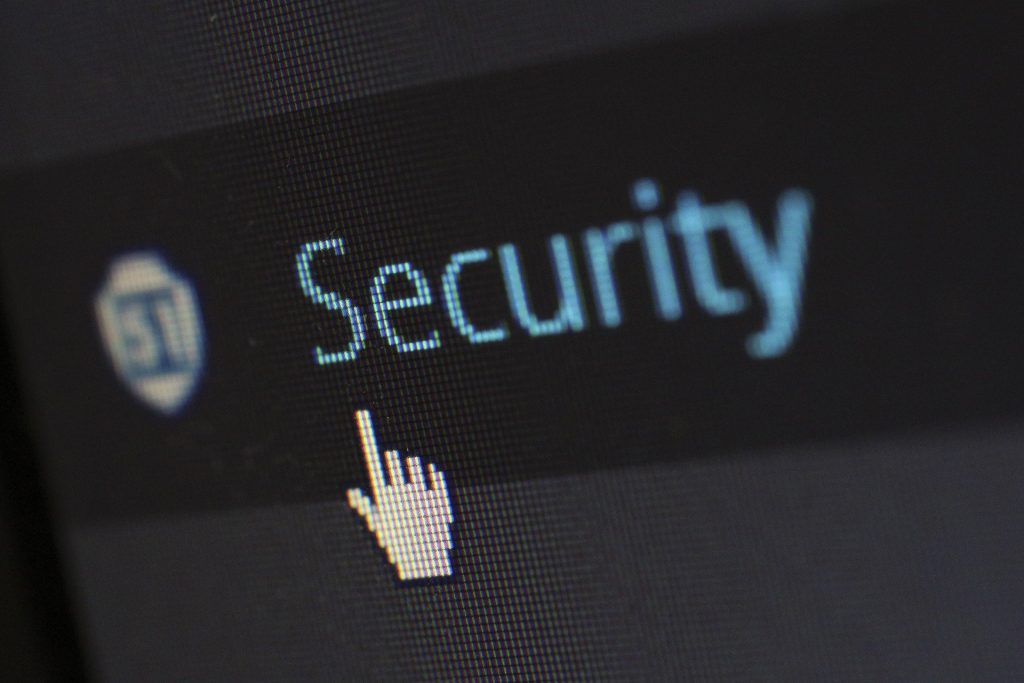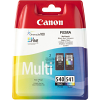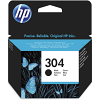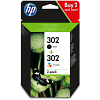Every company has to be extra cautious in terms of security breaches, as it has become a norm for hackers in today’s society. Major damage can be done to computers and even printers by a simple installation of malicious hardware. As most printers today are multi-functional and have wireless capability, everyone often uses them. This can render them vulnerable to viruses and hacking. With wireless networks, allow users to send data meaning it is easier for hackers to meddle with. There is a chance that your printed files may still be stored into the print queue, exposing you to more security threats. If your printer is not secure than anyone who wants to breach the network and acquire your company’s information can do so. To avoid this from happening, you need to make sure that your internal Wi-Fi connections are safeguarded with security software.

Printers from HP
HP Enterprise printers include software that protects the device and detects assaults automatically. These printers can even ‘self-heal’ after being infected with a virus!
Printers from Samsung
To prevent unauthorised access to multifunction printers, Samsung printers have a Secure Login Manager. You may create an extra security barrier for picture files or other stored documents by configuring ID and passwords as well as PINs to access the system. Furthermore, a Confidential Print function accounts for the possibility of leaving printed documents unattended on the printer, where they might be picked up by anyone. Samsung printers keep submitted jobs until the intended receiver arrives. Only by entering a PIN code can the task be safely sent to the correct hands.
Printers manufactured by Xerox
To prevent unauthorised access from hackers, Xerox recommends McAfee software. The ConnectKey programme notifies you that the files on your printer have been tampered with.
It also has settings to lessen the need for manual software upgrades to deal with potential risks.
Cisco is another suggested software for Xerox printers. It provides secure external email connectivity that encrypts data flow between multifunction printers and externally hosted mail servers. This implies that while transmitting digital files, mail servers are safeguarded.





























